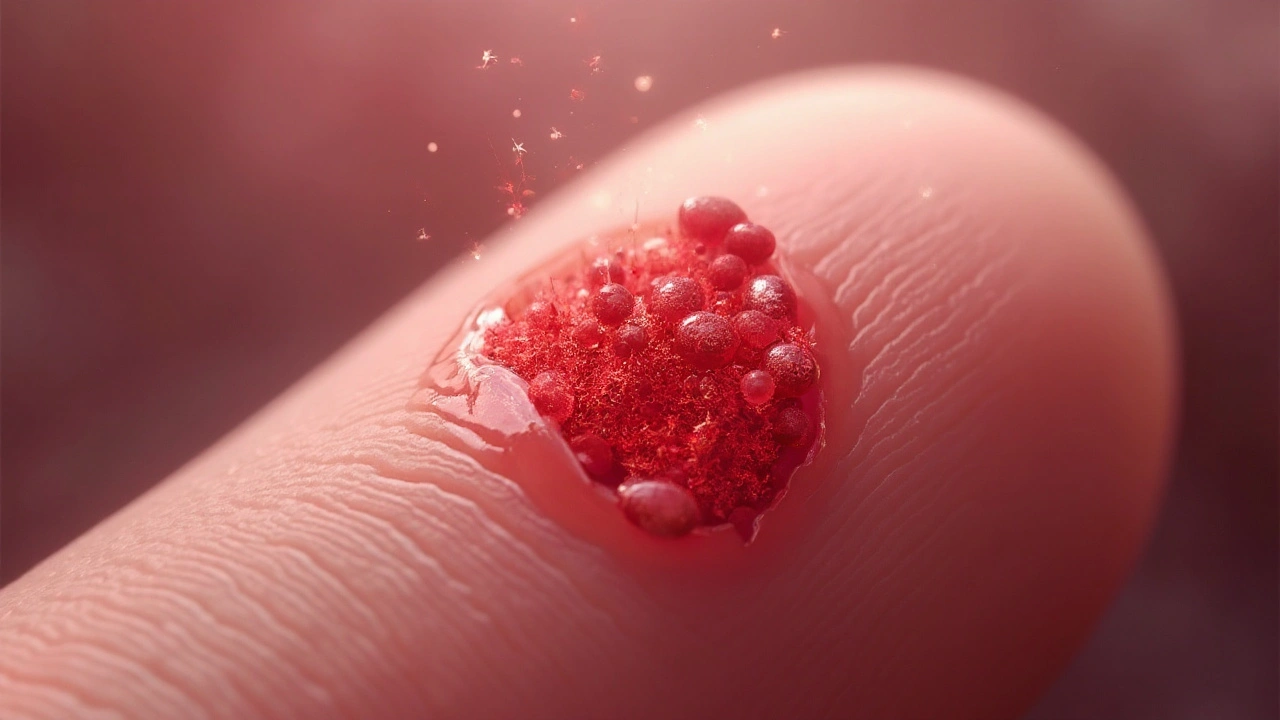Every time you get a cut, your body launches a quick‑fire response called clotting. Tiny platelets stick together, proteins called clotting factors form a mesh, and the bleeding stops. It’s a lifesaver, but only when it works just right. Too much clotting can block arteries and cause heart attacks or strokes. Too little leaves you bruising easily and bleeding for ages. Understanding the balance helps you spot trouble early and take steps to stay safe.
Clotting problems fall into two camps. On one side, hypercoagulability means your blood likes to form clots even when you don’t need them. Conditions like deep‑vein thrombosis, atrial fibrillation, or genetic factors (Factor V Leiden) raise the risk. On the other side, hypocoagulability shows up as frequent nosebleeds, heavy periods, or easy bruising. Liver disease, vitamin K deficiency, or blood‑thinning meds can tip you here.
Symptoms are often subtle. A sudden, sharp calf pain could be a clot forming in your leg. Unexplained fatigue, shortness of breath, or chest pressure might signal a clot traveling to your lungs. Conversely, if you find yourself spotting blood on your toothbrush or getting large bruises after minor bumps, your clotting may be too weak. Keep an eye on these signs and talk to a doctor if they appear.
Food, movement, and habits play a big role. Eat a balanced diet rich in leafy greens, broccoli, and beans – they provide vitamin K, which helps clotting proteins work properly. If you’re on a blood thinner, your doctor may ask you to keep vitamin K intake steady, not cut it out.
Stay active. Regular walking or light cardio keeps blood flowing smoothly and reduces the chance of clots forming in the veins. If you sit for long periods (like on a flight), stand up, stretch, or wiggle your feet every hour.
Avoid smoking and limit alcohol. Both can damage blood vessels and make clotting erratic. If you’re prescribed anticoagulants like warfarin or newer options (apixaban, rivaroxaban), follow dosing instructions exactly and get routine blood tests if needed.
Finally, check the supplements you take. Some, like high‑dose fish oil or garlic pills, can thin blood a bit. Others, like the Heart’s Ease supplement, may support heart health without messing with clotting. Always read labels and ask a pharmacist if you’re unsure.
When in doubt, schedule a check‑up. Blood tests can measure platelet count, clotting time (PT/INR), and factor levels. Those numbers give your doctor a clear picture and guide any medication adjustments.
Keeping an eye on the signs, eating smart, moving regularly, and staying honest with your doctor are the best ways to keep your clotting system on track. Your blood knows how to protect you – give it the right conditions and it’ll do the job.

Discover how blood clotting kick‑starts wound healing, the key players in the process, and what you can do to support optimal tissue repair.